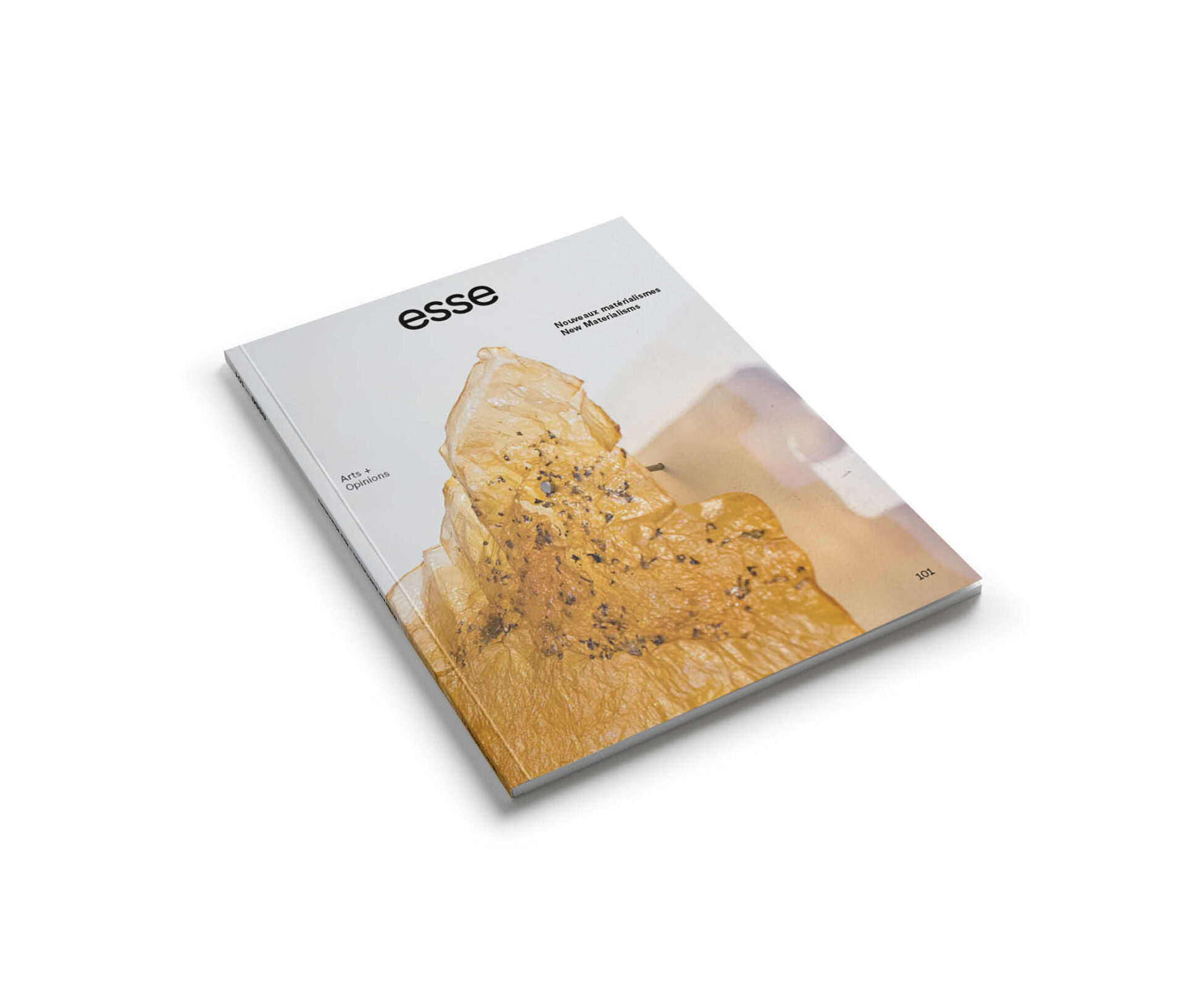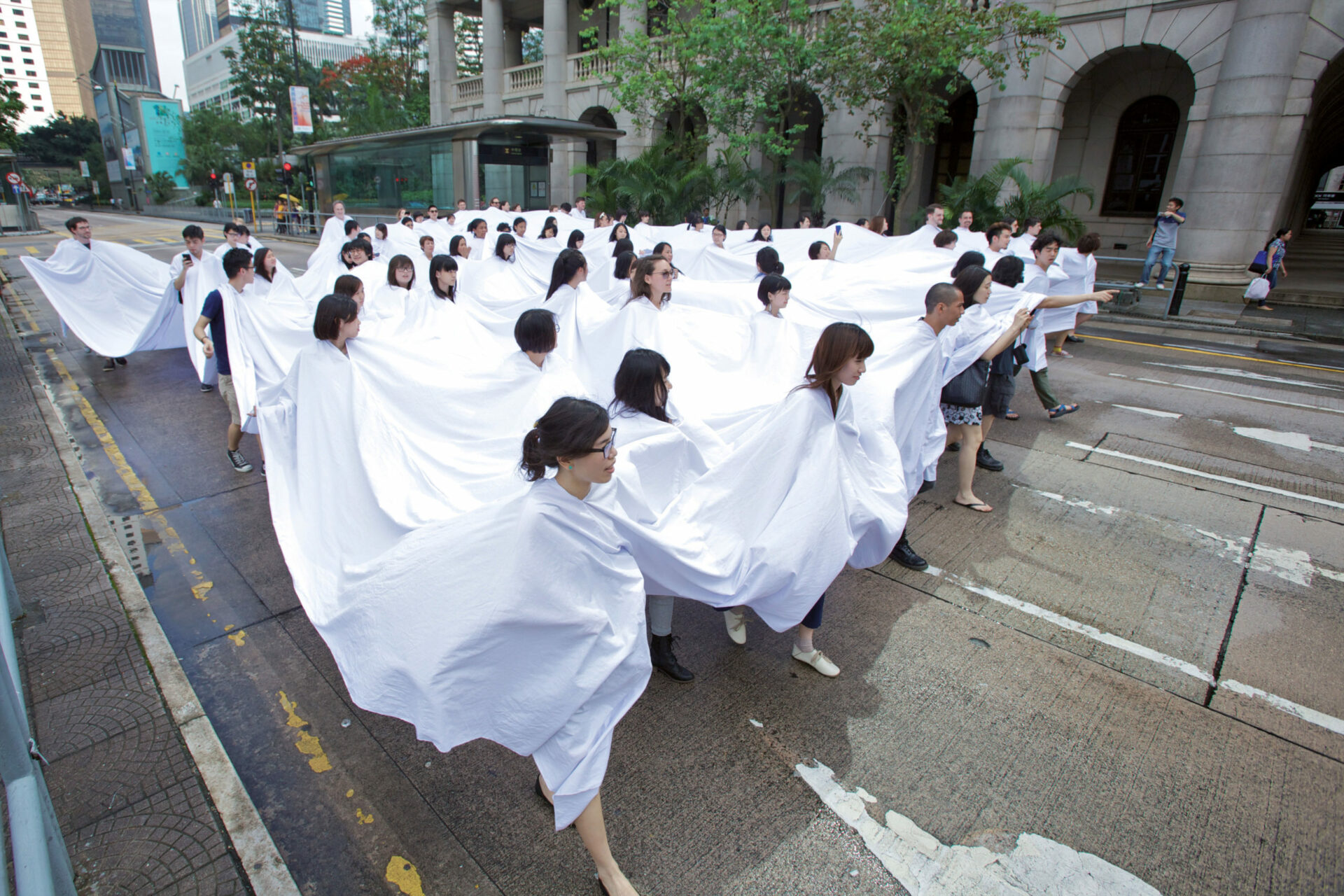
Sinks and Spills: The Containment and Entanglements of Matter-Bodies in Frédéric-Back Park
Frédéric-Back Park sits on the former Miron Quarry, which was filled with garbage accumulated from the early 1960s to the mid-1990s. The park is the result of historical protests against, and political responses to, the noise and hazardous waste that caused the community’s quality of life to deteriorate. Officially open to the public since the summer of 2017, the park embodies the counterimage of its subterranean infrastructure: a 192-hectare curated landscape designed by the Lemay architectural firm, with trails blazing through different ecosystems, sustainable buildings, and cultural centres. Biogas wells, dispersed throughout the landscape, aggregate toxic bacterial anaerobic fumes and redirect their flow to an on-site electric generator and geothermal facility. The spherical design of their architectural enclosures, a collaboration between Lemay and Morelli Designers, conceals the pipes from the public and creates a “new landscape’s feeling of otherworldliness” while adapting to soil movement.1 1 - Lemay, “Frederic-Back Park Landfill Rehabilitation: LEMAY — Architecture and Design” LEMAY, 1 July 2020. https://lemay.com/fr/projets/parc-frederic-back This “new” landscape’s “otherworldliness” is othering, resonating with Hortense Spillers’ associating the colonial Other with the alien figure2 2 - Hortense J. Spillers, “The Idea of Black Culture,” CR: The New Centennial Review 6, no. 3 (2006): 7-28., and simultaneously acting as a “material enactment of forgetting.”3 3 - Myra J. Hird, “Waste, Landfills, and an Environmental Ethic of Vulnerability,” Ethics and the Environment 18, no. 1 (2013): 106.This With forty million tons of garbage under its green and sustainable infrastructure, the Frédéric-Back Park embodies an ambiguous sight. Environmental gentrification, or “the process whereby the seemingly progressive discourse of urban sustainability is used to drive up property values and displace low-income residents4 4 - Miriam Greenberg and Susie Smith, “Environmental Gentrification,” Critical Sustainabilities, https://critical-sustainabilities.ucsc.edu/environmental-gentrification/“, plays out through the absence-presence of highly designed environments and the dissimulation of unwanted matter-bodies.




